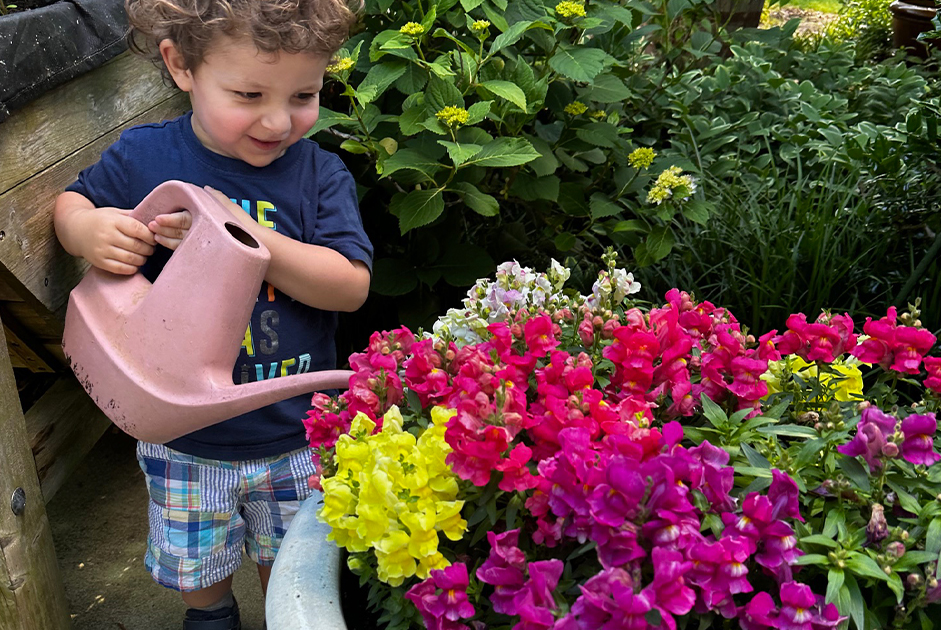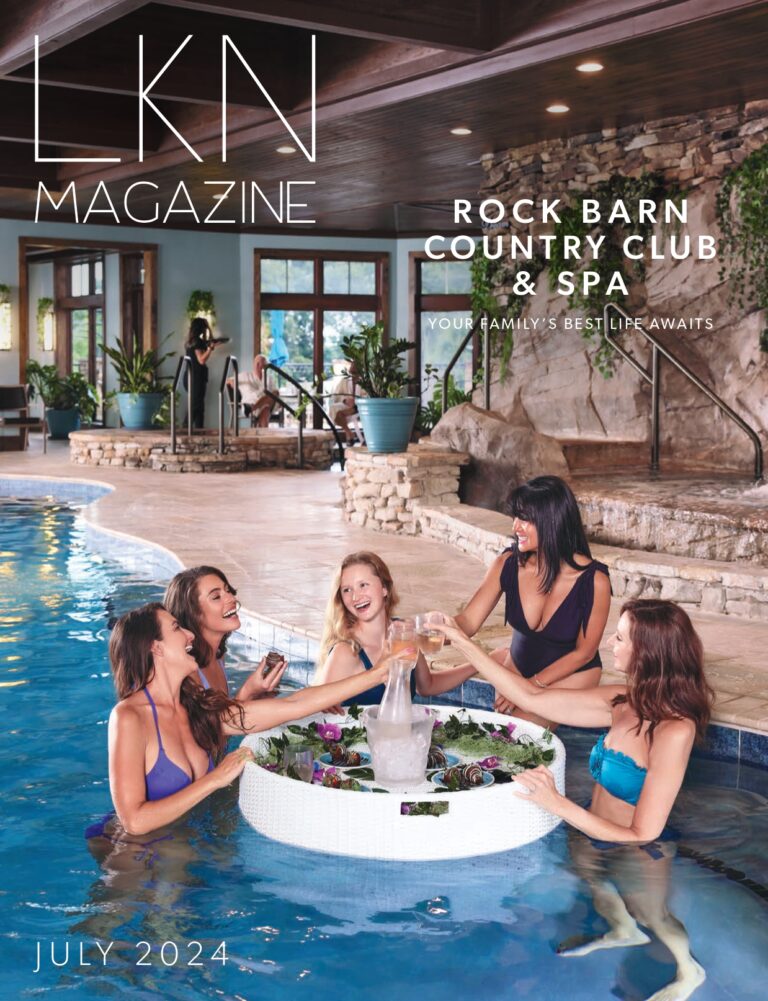I recently found myself comparing stocks to flowers in a client meeting. It’s official. My mind has been taken over by flowers.
This micro-flower-farm business of mine continues to remind me of investing. The more you put in, the more you get out. More blooms, more variety and excitement. But also, the more disappointed you are when things go wrong. Diversification in your investments is often a winning strategy. However, buying funds of funds of funds with exposure to everything to make sure all the bases are covered is not always better. The phrase “keep it simple, silly goose” continues to slap me in the face as I dream about future bouquets.
Like a business, from seed to cut flower, each step is a step of survival. The seed has to germinate, and every seed is a little different. Some seeds need cold stratification, some need direct light and some don’t like their roots messed with and should just be planted directly outside. I have learned that I like the direct sow “don’t touch my roots” seeds. Provided it’s a good seed with enough sun, water and the right soil conditions, you’ll move onto phase two. An indoor seedling must make a successful transition from inside in managed conditions to the unpredictable outdoor environment. I killed a lot of seedlings that I nurtured for two months in this phase. That was heartbreaking. Okay, now phase three. Outside, between bugs and animals, it feels like death is around every corner. Will the plant survive pesky critters? We’ll see!
Each time something didn’t go right with the seedlings, my husband would say, “Just go buy a mature plant.” The problem is that one mature plant only produces a few flowers, and they are not cheap! One mature foxglove is the cost of three packs of foxglove seeds with 50 opportunities in each bag (ie. 150 future foxgloves… provided they get to that point). However, if my luck as a new gardener is any indication, that one plant potentially has a better chance of survival and producing those few flowers that you could then sell and make enough to cover the cost of the plant. They’re not all hard to grow, but to the newcomers, choose your seeds wisely.

Another decision you must make is, perennial versus annual. Are you looking to establish a perennial garden that comes back each year or annual flowers that require annual plantings? Or a mix of both. Our yard has established hydrangeas and bulbs everywhere. In the last year, I’ve made investments in rare peony roots, English rose bushes, additional hydrangeas, lilies, gladiolas, freesia, coneflowers and tulips. The yard will be bursting with color from the mature plants, but because it’s the first year in my yard for many of these perennials, they won’t do a whole lot. My roses and peonies will be pretty small. These flowers are always lovely surprises that come up every year with little work on my part. For time management and predictability, a nice perennial garden is worth it to me. I’ve also invested in some tender perennials, dahlias and ranunculus roots that may benefit from being pulled up and stored and, of course, countless annual seeds like snapdragons, zinnias and cosmos. Those are a lot of work, but they should do well in year one, and they’re some of the most desired and most beautiful. In terms of getting a return on your investment, they’re worth it.
Investing in good quality plants and keeping your scope a bit more narrow is a smart decision. When it comes to flowers and building bouquets, this feels almost impossible. Every flower is beautiful, and every cut flower could join a dahlia, English rose or peony as filler in a bouquet. That being said, it is certainly worth it to diversify and try a few different things. I must admit, I took on more than what I could handle with seeds and filler flowers. Thankfully, the cost is minimal with bags of seeds and lessons were learned, but wasted time starting some of those seeds inside months ago, is time I could have used doing something else.
I came home from a weekend out of town to a raised bed previously full of strawberries in bloom, consumed by deer and rose bushes once covered in leaves and buds, bare. Brief stock crash over here. Time to reassess our new threats. Hungry animals with very expensive tastes. Hm.




















